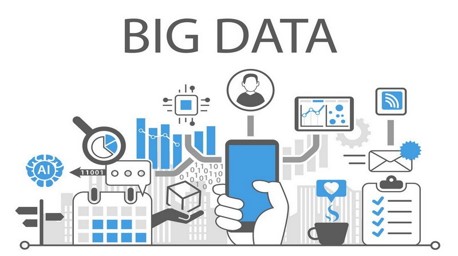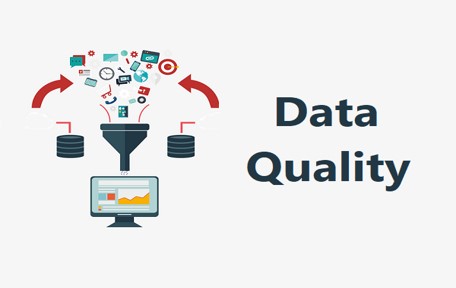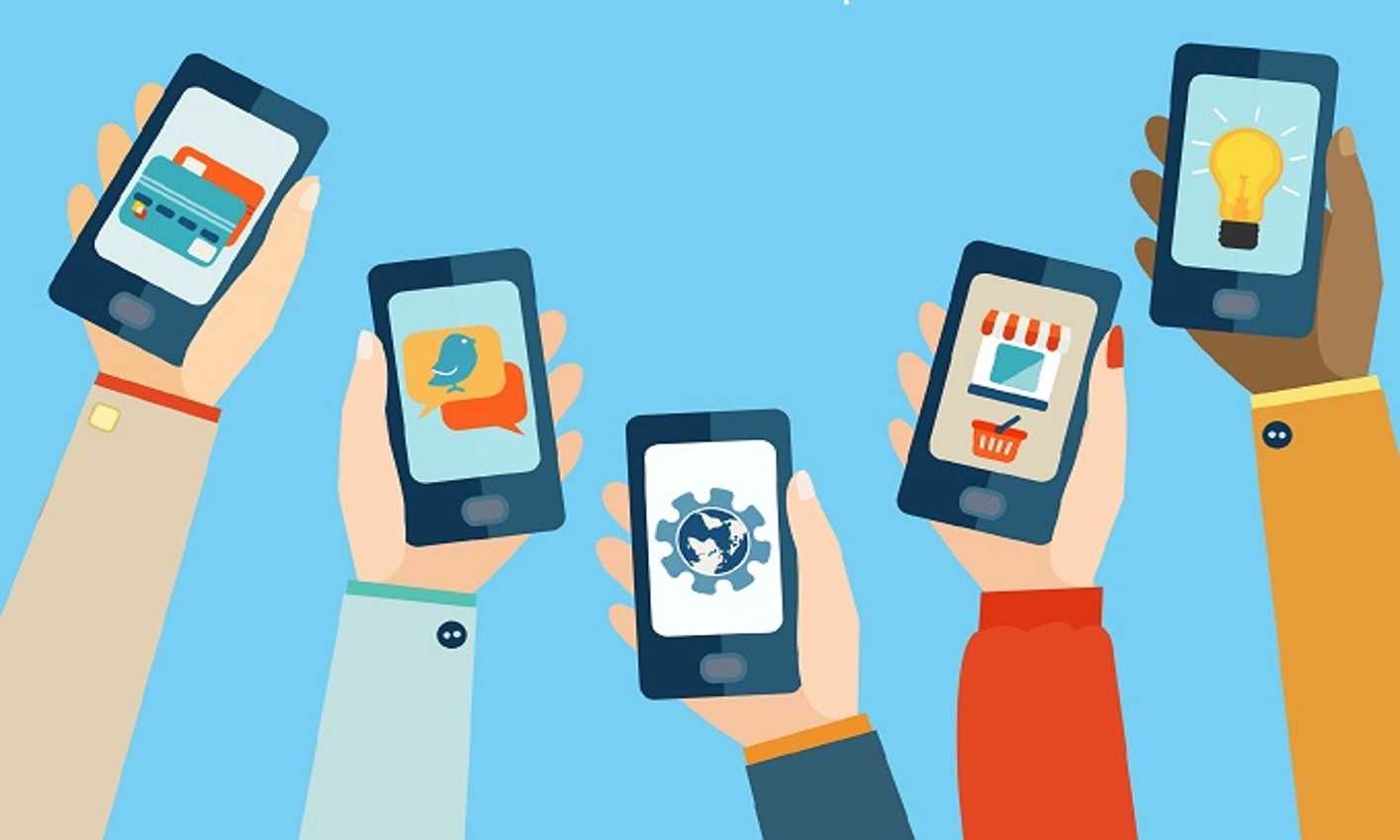Big data has established a significant presence across industries, with healthcare being one of them. The advent of big data has revolutionized many aspects of the healthcare industry, from maintaining patient records to boosting healthcare research. The integration of big data analytics, along with pursuing a Data Analytics Course, has further amplified these transformations. Professionals in healthcare can benefit from this course, acquiring skills to effectively utilize big data for informed decision-making, improved patient care, and contributions to ongoing medical research advancements.
If you’re looking to upscale your healthcare big data analytics, here are the four things you can do: Feed algorithms with quality data, develop cutting-edge analytics tools, earn the trust of patients, and set your sight on mobile applications.
According to a study, the big data-driven method of maintaining electronic patient records proved to be such a game-changer that nearly 94% of hospitals in the US have switched to it.
There are countless useful applications of big data in the healthcare industry – medical imaging, medical analytics, improved patient engagement, enhanced risk management, and so on. Surely, the immense potential of big data is not something you’d want to miss?
Stay glued to our post to learn more about each of the four strategies in detail!
What is Big Data, and What makes it so Important?

Source: medium.com
To put it simply, big data refers to the vast expanse of data that a company deals with daily. There are three terms closely associated with big data: Volume, Velocity, and Variety.
Due to its nature, big data has something for everyone involved in the healthcare industry. While hospitals can use big data to meet all their healthcare goals, pharmacies can channel the insights derived from big data towards building stronger medicines and drugs.
Similarly, those involved with medical research can use big data to understand the diverse needs of the patients and work towards finding solutions to some of the most pressing healthcare problems at hand.
Also joining the bandwagon are the healthcare insurance companies. Big data can help them handle patient insurance claims in a faster and more efficient manner.
Studies show that healthcare insurance companies can incur costs as high as $96 per patient. By optimizing their operations, big data can also make the entire process very economical.
The Healthcare Big Data Analytics Strategies You Need to Know
In this portion, we have curated a list comprised of the top four strategies you can use to utilize healthcare big data analytics to its fullest potential:
1.   The Quality of Data Matters

Source: blogspot.com
This strategy is vital if you plan to use big data analytics to improve staffing and machine learning tools. Many big data analytics models, such as those used for risk management, need to be trained first. And the quality of data plays a huge role here.
For instance, let’s say that you are looking to develop a model that can foster meaningful patient engagement. You will have to formulate algorithms based on the existing patient data stored in your databases to do this.
As an important precursor, you’ll have to be sure that your databases are updated. You can go about this by hiring data appending services.
When you’re feeding this data, you need to ensure that the data ticks the following boxes: quality, accuracy, and consistency. That is important, as effective data automatically leads to effective algorithms.
A case study found that a few hospitals in France used patient data collected across ten years to develop a big data analytics model that could accurately predict the frequency of hospital admissions and visits to the emergency ward.
2. Innovate and Develop New Analytics Tools

Healthcare is a dynamic industry. Consequently, the needs of healthcare providers and patients also tend to change daily. That’s why one of the best big data strategies is to innovate and develop new tools constantly.
You can collaborate with IT developers to build an algorithm that works for you. That can turn out to be a powerful move, as there’s a lot that big data analytics tools can achieve – reduction in the wastage of valuable resources, cut back on unnecessary costs, and significantly minimize the incidence of human errors.
Get this: If the recent findings of a global forecast are to be believed, by 2026, the healthcare data analytics market is valued at a whopping $75.1 billion.
3. Building Trust is Everything

Source: healthcaresuccess.com
Before using the data of your patients, you must earn their trust. That is where data ethics plays an important role. You need to provide patients with the assurance that their anonymity and privacy will be respected at all times.
While using patients’ data to develop algorithms, you need to adhere to the HIPAA Privacy Rule. According to the rule, you cannot share health information like a patient’s medical records and other private details unless the patient authorizes the share.
A 2016 study published by the Ponemon Institute found that since 2010, the instances of unethical healthcare big data breaches had shot up by 125%.
It’s crucial to remember that most of the big data advances in healthcare in the past were possible due to the availability of patients’ data. So, what can you do to earn their trust?
You can start by reforming or introducing data-sharing policies to establish a constant dialogue between you (the hospital) and the patients.
In addition, you can develop big data analytics tools for patient data security or store the data in servers/databases that are less prone to breaches.
4. Set Your Eyes on Mobile Applications

Source: threatpost.com
A nationwide survey conducted in the US reported this – out of all the mobile phone users surveyed, around 58% of them had healthcare apps downloaded on their phones. Further, the survey found that most respondents used the app on a daily or weekly basis.
You can use big data analytics to develop tools compatible with mobile applications, like phones and smartwatches. Through mobile apps, you can facilitate patient interaction and also respond to them quickly.
Here’s an example. Let’s say that you develop a mobile application that allows your patients to get their queries resolved directly by the doctor instead of needing to wait over the phone line.
In this way, you’re respecting your patients’ time, promoting interaction, and cutting back on manual labor. Most importantly, you’re providing your patients with the opportunity to access healthcare with the touch of a finger.
Summing Up
Dr. Russell Richmond, a renowned figure in the field of healthcare technology, believes that the most promising thing about big data analytics in healthcare is this: The data can be leveraged by healthcare providers to deliver personalized services to people.
With new and exciting developments happening each day, the potential of big data in healthcare is only going to grow exponentially. Our post walked you through the four most exciting strategies to advance healthcare big data analytics.
Invest, Innovate and Implement, and let the results do all the talking!



Facebook Comments